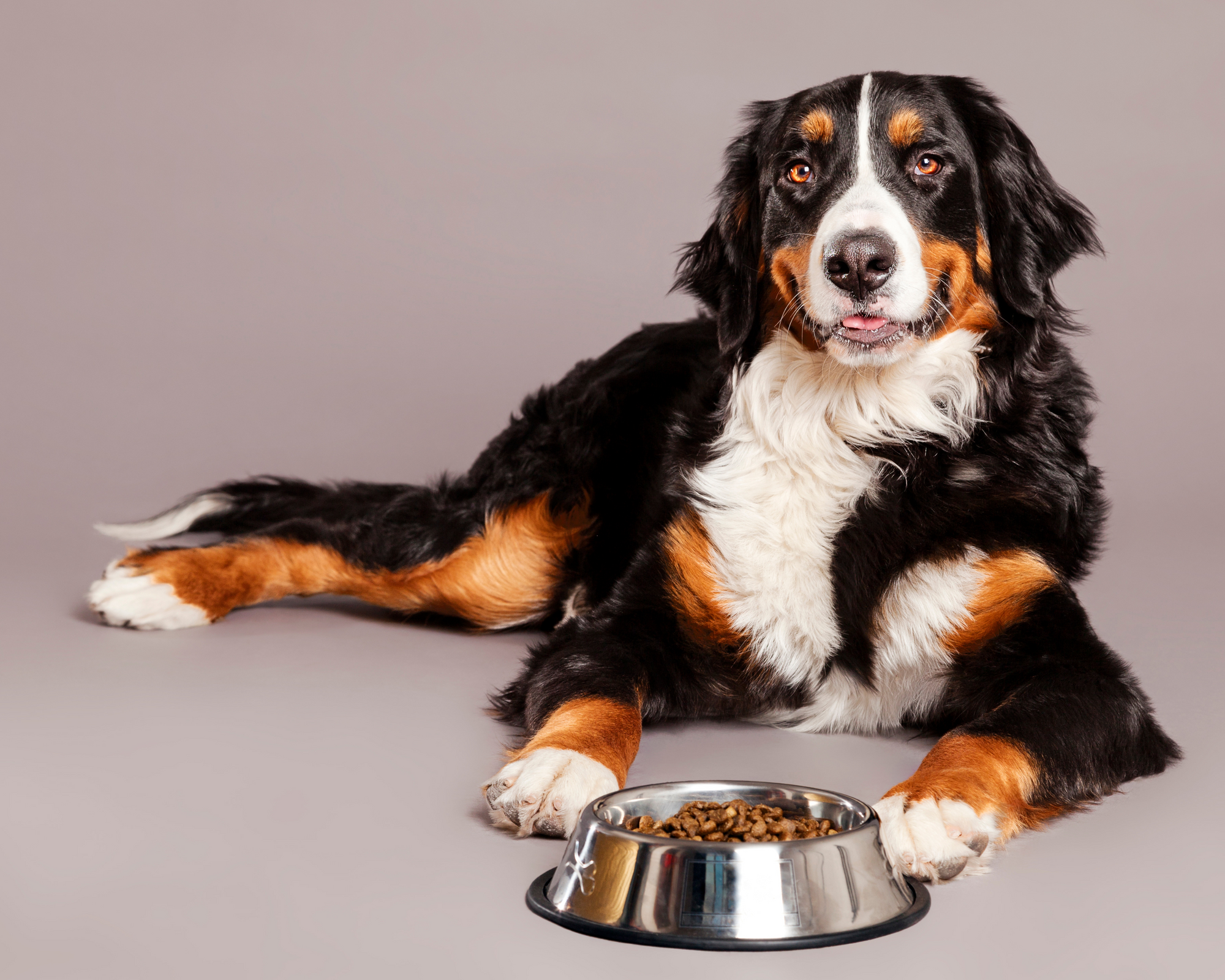

The Best Food for Giant Breed Dogs: What Really Matters
Giant breed dogs aren’t just big versions of smaller dogs—they have unique nutritional needs that can make or break their long-term health. With so many brands and feeding styles out there, it’s easy to feel overwhelmed. The good news? Finding the best food for your big dog comes down to a few key principles.
Why Giant Breeds Need Special Consideration
Giant breeds grow quickly, and their large frames put extra stress on bones, joints, and internal systems. Nutrition during puppyhood impacts their skeletal development, while nutrition in adulthood influences longevity, energy levels, and disease prevention. Overfeeding or feeding an unbalanced diet can lead to obesity, orthopedic problems, or metabolic issues—making food choices one of the most important decisions a big dog owner makes.
What to Look For in a Giant Breed Diet
When evaluating dog food, focus less on the marketing on the front of the bag and more on the ingredient list, guaranteed analysis, and feeding guidelines. Here are the essentials:
-
High-Quality Protein
Meat should be the first ingredient. Aim for foods with at least 25–30% protein to support muscle mass, tissue repair, and overall strength. Protein is the cornerstone of a big dog’s diet. -
Controlled Calcium and Phosphorus
Growing puppies especially need carefully balanced calcium and phosphorus to avoid skeletal issues. Adult diets should provide around 0.8–1.2% calcium (dry matter basis) with a calcium-to-phosphorus ratio close to 1.2:1. Too much calcium can be just as problematic as too little. -
Healthy Fats and Omega-3s
Look for foods that include sources of omega-3 fatty acids (like fish oil or flaxseed). These help reduce inflammation, protect joints, and keep skin and coats healthy. For giant breeds, fats are not just energy—they’re part of long-term joint and heart support. -
Limited Fillers
Corn, wheat, soy, and by-products are inexpensive fillers that offer little nutritional benefit. While not inherently harmful, they crowd out room for nutrient-dense ingredients and can make digestion harder for sensitive dogs. -
Additives and Extras
Many foods include probiotics, prebiotics, vitamins, minerals, etc. These are all beneficial, but balance matters. Over-supplementation can cause issues just as deficiencies can. Pay attention to the guaranteed analysis and consult your vet if you’re combining fortified food with individual supplements.
Feeding Strategies for Longevity
Feeding a giant breed isn’t just about what you feed, but how:
-
Portion Control: Overfeeding accelerates joint wear and contributes to obesity, which is one of the biggest risk factors for early death in large dogs. Stick to measured portions and watch your dog's weight. The serving size suggestion on the bag is only the starting point and may be too much (or too little) for your own unique dog.
-
Meal Frequency: Feeding two or more smaller meals daily instead of one large meal helps reduce the risk of bloat (gastric dilatation-volvulus), a life-threatening condition giant breeds are prone to.
-
Consistency: Dogs thrive on routine. Aim to keep mealtimes, portion sizes, and even the type of food consistent from day to day. If a change is necessary, introduce new foods slowly over the course of 7–10 days to give your dog’s digestive system time to adapt.
There is no single “best food” for every giant breed dog. What matters most is quality protein, balanced minerals, healthy fats, limited fillers, and a feeding strategy that supports their size and lifestyle. By focusing on these principles, you’ll set your gentle giant up for more energy, less strain on their joints, and a longer, healthier life.
